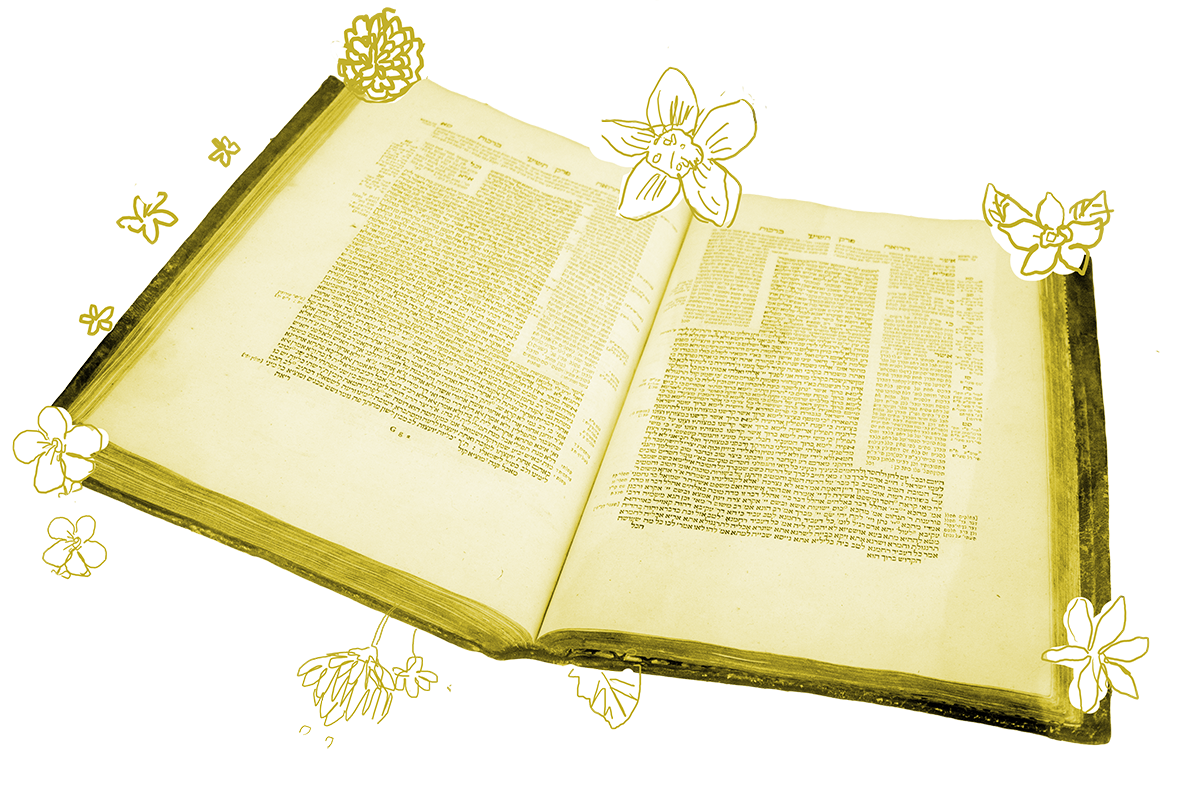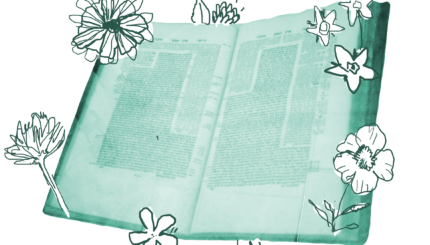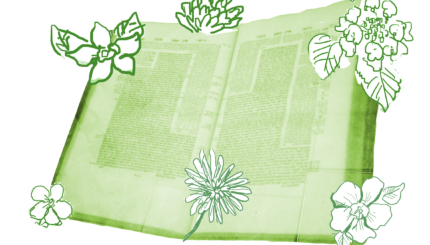Welcome to the next chapter of our tractate. Thought we’d discussed everything we could about the removal of leaven? Not remotely!
In this second chapter of Pesachim, which begins partway down the first side of today’s page, we will explore some new concerns surrounding the removal of leaven, including a uniquely rabbinic idea that not only is one forbidden to possess or eat leaven on the holiday — one is also forbidden to derive benefit from it. The mishnah on this page states that as soon as one stops eating leaven, one must also stop benefiting from it by selling it for money, using it for animal feed, or even burning it as fuel. So those bonfires you make to consume your hametz? Don’t try to warm your hands on them.
Perhaps it is this last example of benefit — the notion that one may not burn forbidden hametz as fuel — that elicits the last lines of today’s mishnah:
Rabbi Yehuda says: The removal (biur) of leaven is only through burning (sreifa).
The rabbis say: Rather, one may crumble it and throw it to the wind or cast it on the sea.
Now, if you’ve been following the argument that was explored in excruciating detail over the course of the last few pages about burning different items of leaven together that might or might not be in different states of purity (or, as the case may be, different levels of impurity), this line might come as a surprise. Turns out, you are not required to burn your leaven at all! All you really have to do is get rid of it in a very decisive manner. Crumbling it to bits and tossing it into the wind or a body of water will do the trick. That tidbit might have saved us quite a bit of trouble when we were trying to determine if this leaven that was at fourth-level impurity could be mixed in a bonfire with that which was merely third-level impurity. All we really had to do was just tear it all up and toss it to the wind.
If the apparent inconsistency troubles you, it is worth remembering that the Mishnah is a big compilation of teachings. Though it is carefully edited and organized by subject, not all of the teachings cohere perfectly with one another.
In this particular mishnah, it is the rabbis (the majority) who hold that leaven does not have to be burned — it can be disposed of by crumbling it up and throwing it away. In most of Jewish tradition, this is understood to be the “correct” answer. Maimonides, for instance, was perfectly satisfied with tossing breadcrumbs into the water on Erev Passover. But the Shulchan Arukh (Orah Hayyim 445:1), the most influential Jewish law code of all time, states that it is still preferable to burn the leaven, presumably out of deference to the opinion of Rabbi Yehuda. And also, perhaps, out of deference to the many pages of Talmud that we just read which seemed to tacitly assume burning was the only option.
Read all of Pesachim 20 on Sefaria.
This piece originally appeared in a My Jewish Learning Daf Yomi email newsletter sent on December 12th, 2020. If you are interested in receiving the newsletter, sign up here.



